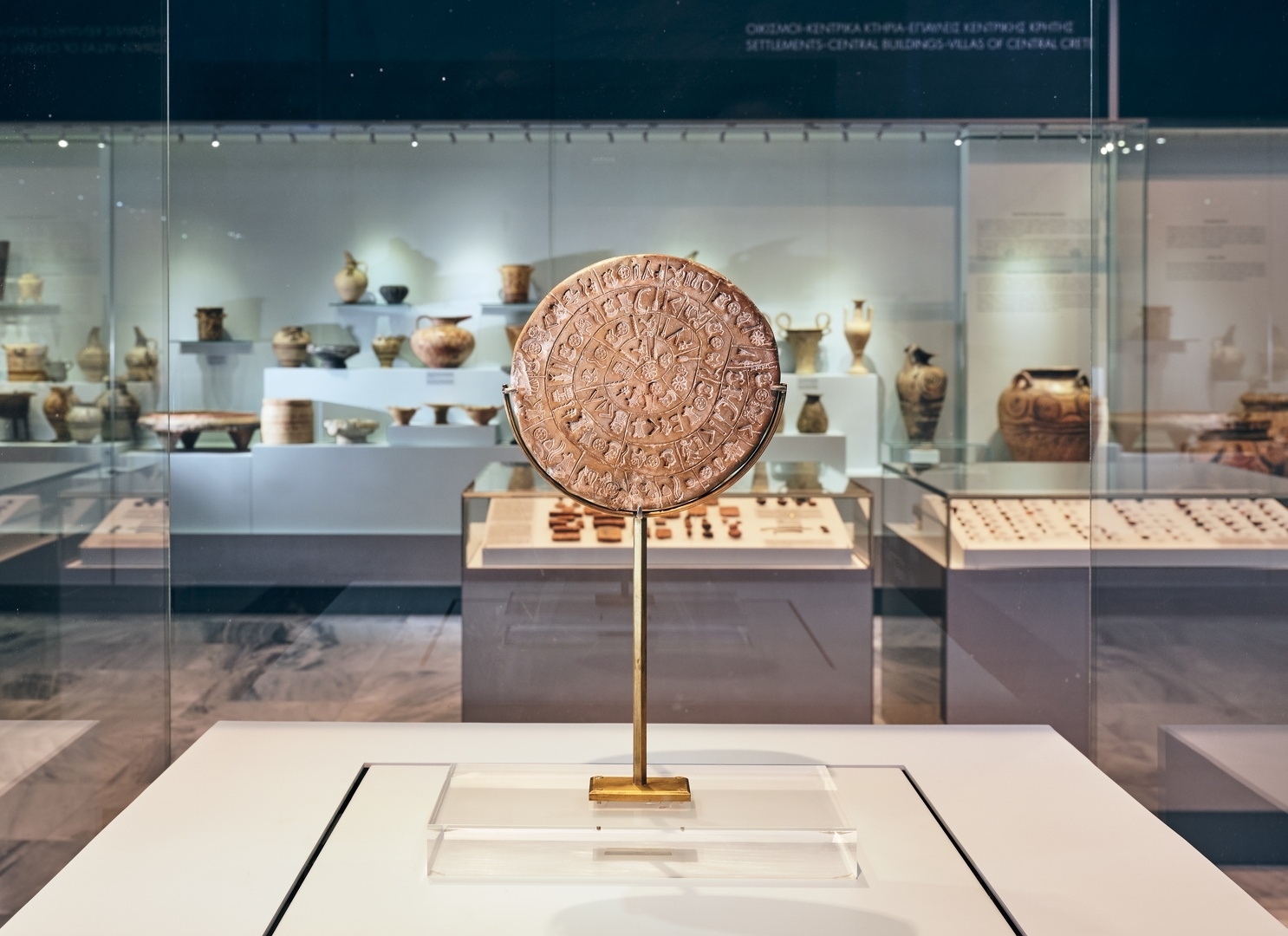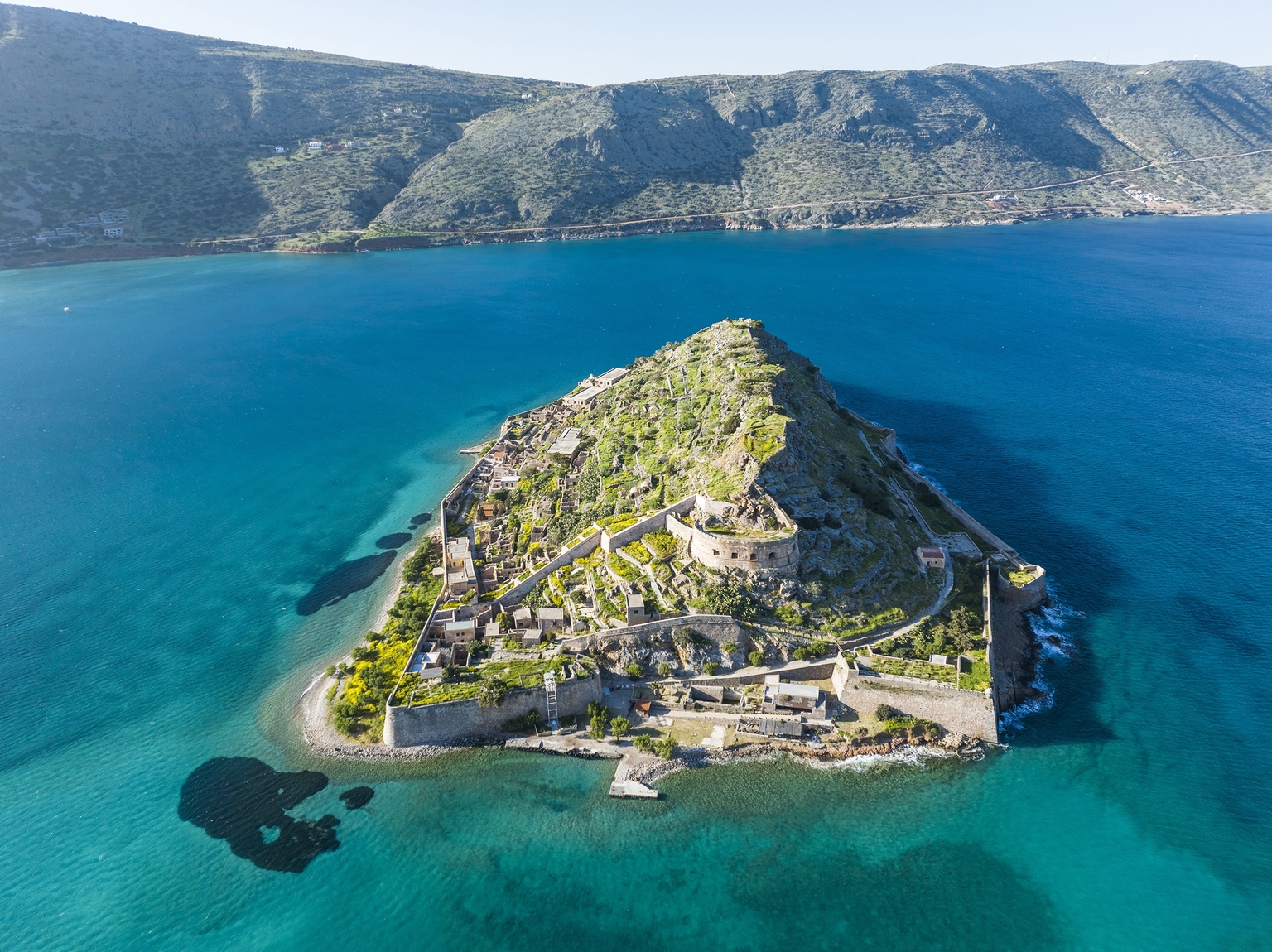Dusky Grouper
The undisputed monarch of the Greek seas!
The factors contributing to its endangered status
The Dusky grouper, Epinephelus marginatus, reigns supreme in the waters of Greece. It exclusively inhabits rocky bottoms, reefs, and caves, typically in proximity to the coast and at depths ranging from 10 to 50 metres. Despite being relatively inactive for a significant part of the day, Dusky groupers are formidable predators equipped with powerful jaws. Their diet includes crabs, fish, and molluscs, with a particular fondness for octopuses.
Today, grouper populations are dwindling significantly, mainly due to overfishing and, notably, fishing underwater. In regions with intensive fishing activities, the renewal of populations becomes challenging, as Dusky groupers exhibit particularly slow growth.
The Dusky grouper belongs to a primitive hermaphrodite species, which engages in a unique reproductive process. Initially maturing as females, they reach this stage when they attain a weight of 3 kg or a length of 40 cm. Some individuals undergo a transition to males once they surpass 9 kg in weight or 80 cm in length. The onset of the Dusky grouper's breeding season occurs from late July to early September, coinciding with water temperatures above 21.8° C. During this period, at sunset, a female approaches an area guarded by a robust territorial male. In a perfectly synchronised choreography, they swim almost vertically to the surface, where they release both eggs and sperm.
Photos: By Theano Dandari
The Dusky grouper can be observed in the tanks at the Aquarium of Crete.

CRETΑquarium































